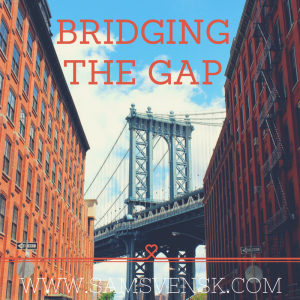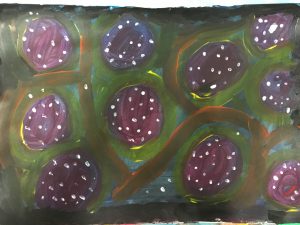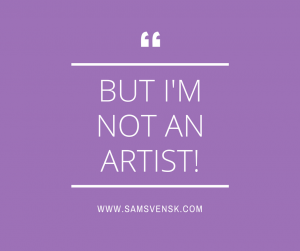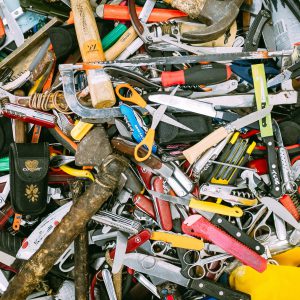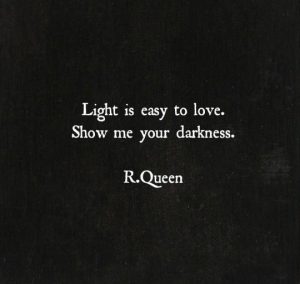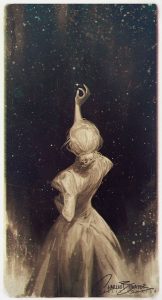These days we have access to a world of knowledge at our fingertips! With this privilege comes so many new-age ideas of how we can better ourselves, fight the aging process, and ultimately “live the life you want!” Some are fads that will soon be forgotten, while others are proving themselves to be of significant value. It can be daunting cyphering through all these ideas to understand what they are, let alone finding one that might fit your own needs.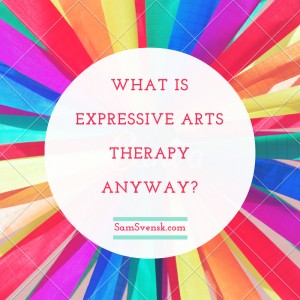
So, what is Expressive Arts Therapy, anyway? I am met with this question on an almost daily basis. I usually follow up by asking, “have you ever felt like you had something to say but words just don’t seem to fit, or perhaps there are no words?” When I see their heads nod in acknowledgement, I say “That! That is exactly the gap Expressive Arts are trying to fill.” It’s that feeling of an emotion that has been slowly building inside of you, but the thought of talking about it sounds as appealing as going to a Halloween party decked out in zombie makeup and torn clothes, only to find out it wasn’t a costume party after all. The feeling of expansion with little room to accommodate the growth. Like the jeans you mistakenly wore for Thanksgiving dinner that might be hugging you a little tighter by the night’s end: It’s restricting and uncomfortable.
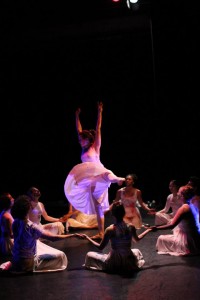
If you are anything like me, you have experienced this feeling, or something similar – This is where I come in; Expressive Arts Therapy opens itself up to using any and all modalities that invoke our imagination. When words fail us, a painted image might say it all. When thoughts are swirling in our minds, movement might help to untangle the mess. 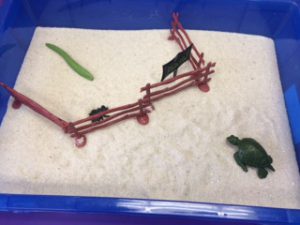 From theatre and music, to poetry and story-telling, and even the right placement (or re-placement) of figurines, the trapped expression can escape with the right modality, or maybe even by bridging from one art form to another. What is bridging, you might ask? Stay tuned for another blog post!
From theatre and music, to poetry and story-telling, and even the right placement (or re-placement) of figurines, the trapped expression can escape with the right modality, or maybe even by bridging from one art form to another. What is bridging, you might ask? Stay tuned for another blog post!

